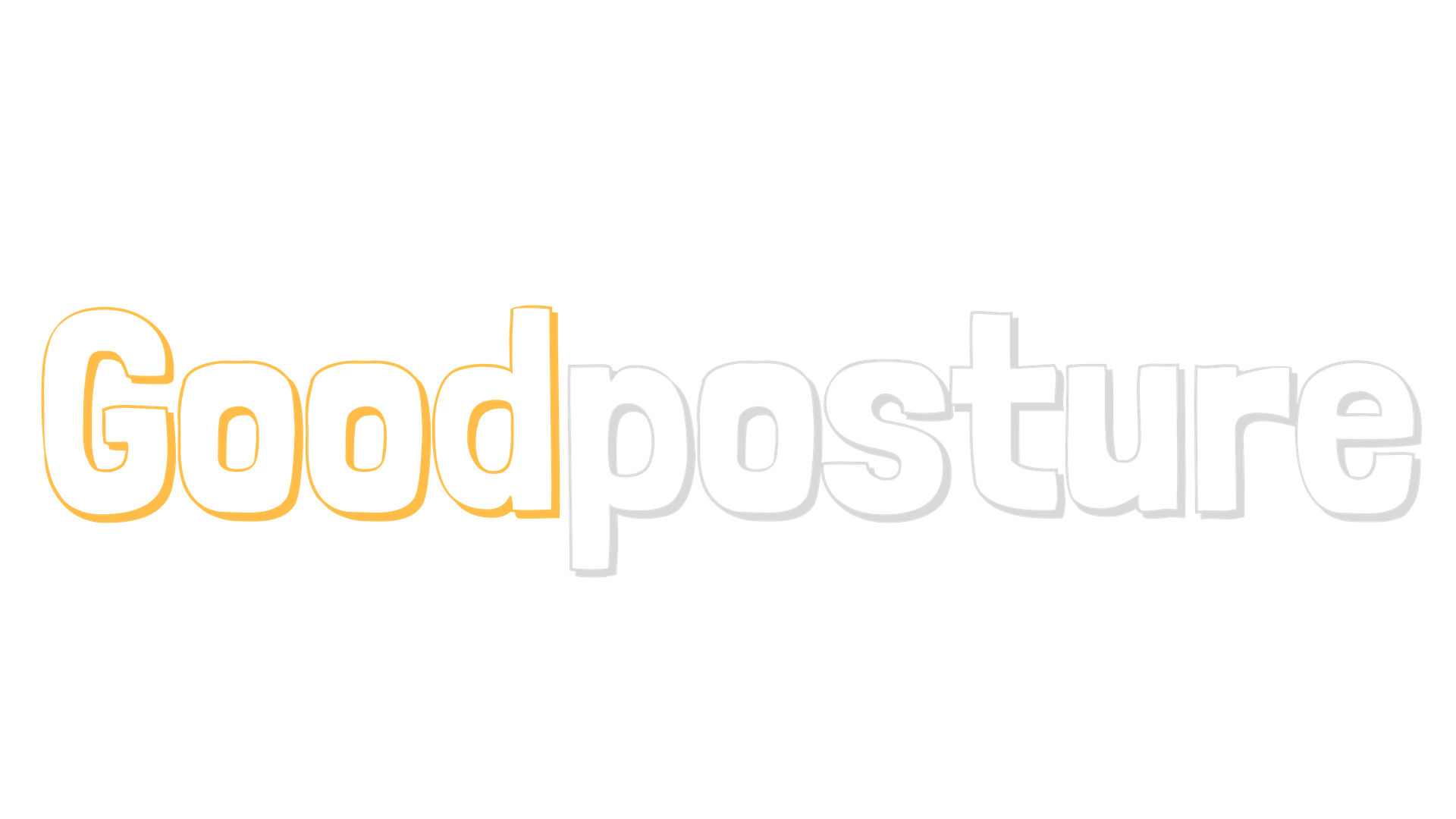The Alexander Technique...
What is it?
The fundamental aim of the Alexander Technique is to get the body to work according to the way it is designed. According to F.M. Alexander we humans are psycho-physical organisms, i.e. we have a psychological part and a physical part. These two parts are constantly affecting and working with each other. If one part is affected by something then there is an immediate response in the other. A good example of this is anxiety. When you are anxious or “stressed out” the body contracts and becomes tense. It starts in the psyche but the result is stored in the body. Often a pattern of “holding” is established which becomes a habit.
For a lot of people there isn't a natural awareness of the body on a regular basis. It's only when it hurts or is hungry that we listen to it. For people with severe back pain the usual awareness of the body is a negative painful one. On the other hand we can work with awareness of the body in a positive way. By becoming aware of the tension in the body and then consciously releasing it a change takes place. The body moves more freely and there is a sense of freedom.
One of the main ideas of Alexander is that there exists a primary reflex (or control) which is the relationship between the head, neck and back. If the primary control is working well in a person then that person is generally in good health. If it is not working well then usually the person suffers from some ailment - very often backache, headaches, problems with neck or shoulders, tennis elbow, RSI, sciatica, hip problems or just poor posture.
As an Alexander teacher I work with the primary control. Everything I do is aimed at getting it to work well. The back is designed to work like a spring. We want flexibility and movement. A rigid back is a weak back. If the spring is working well then the back is fulfilling its main function - that of support. In order for the back to work well the two ends need to be defined. The head needs to be free on top of the neck and the hips need to allow the legs to move independently of the back. Then the body can work as a whole unit.
One can see quite easily how well a person's primary control is working by watching them stand up and sit down in a chair. With a good primary control the person moves with a minimum of effort, the back supporting itself throughout the movement, the head free on top of the neck, the legs moving freely in the hips. Unfortunately, one very rarely sees this. Usually the neck tightens, the head pulls back, the chest drops, the back arches, the legs stiffen, and the movement ends by collapsing in the chair. All flexibility and strength has disappeared. It is very interesting to watch the people around you. How do they move? How do they stand up? Then the question is, how do you move?
